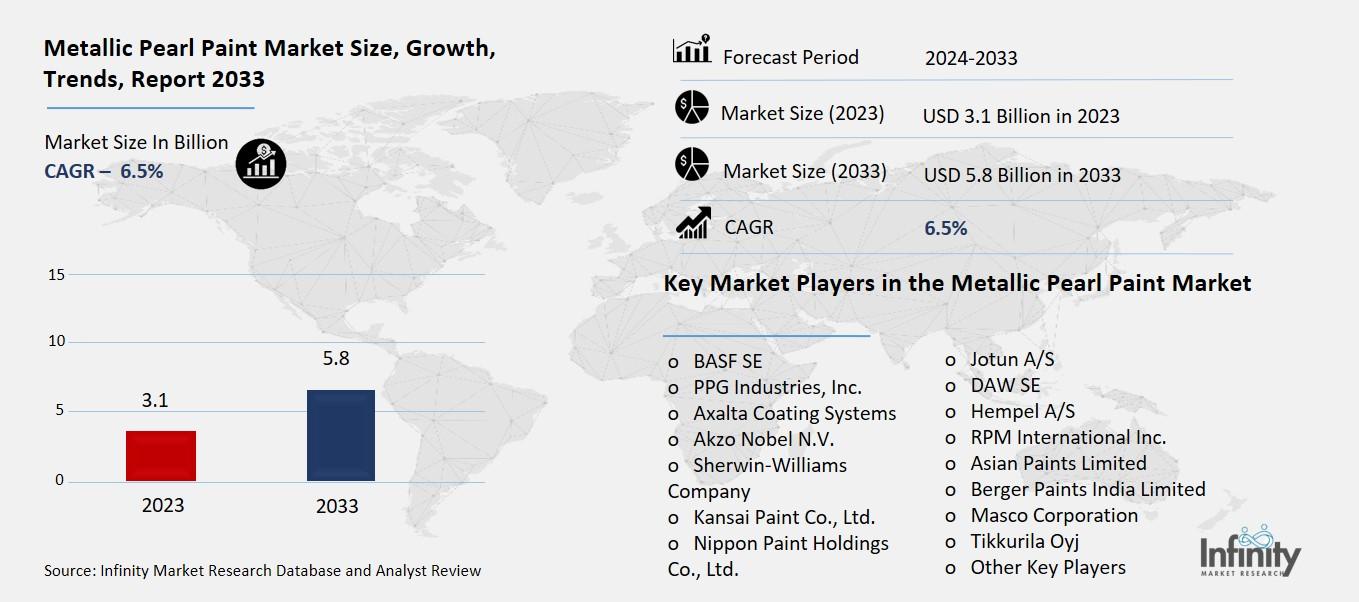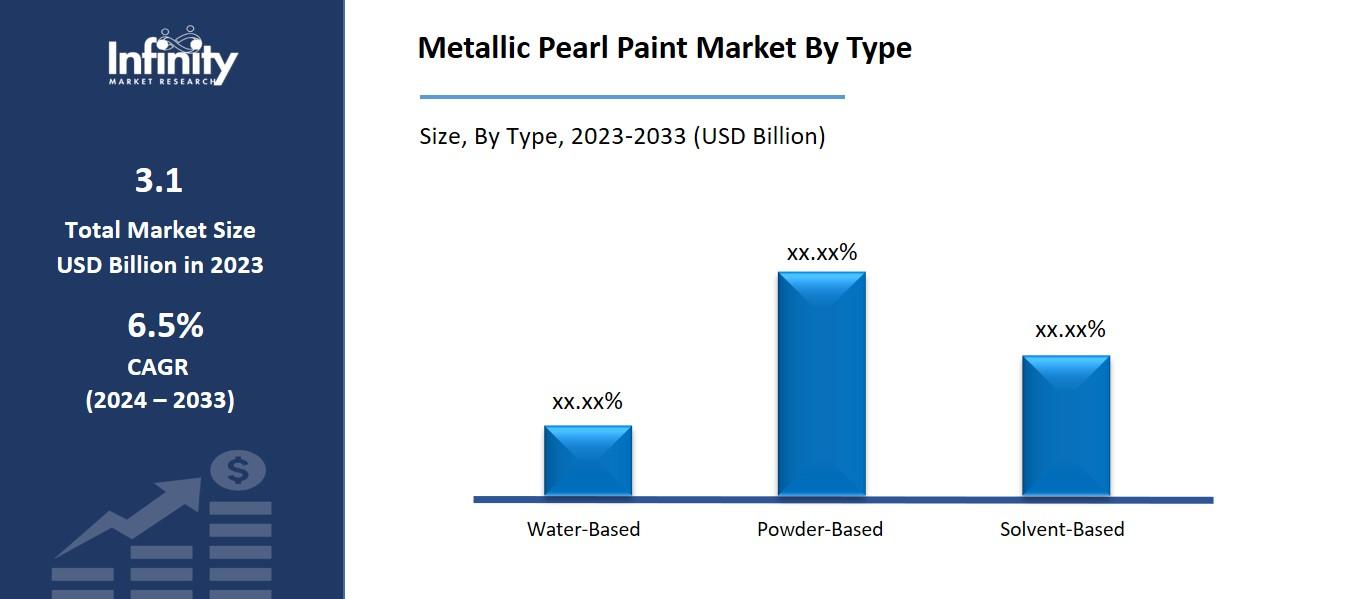
🔐 Secure Payment Guaranteed
Safe checkout with trusted global payment methods.
🌟 Why Choose Infinity Market Research?
At Infinity Market Research, we dont just deliver data — we deliver clarity, confidence, and competitive edge.
In a world driven by insights, we help businesses unlock the infinite potential of informed decisions.
Here why global brands, startups, and decision-makers choose us:
Industry-Centric Expertise
With deep domain knowledge across sectors — from healthcare and technology to manufacturing and consumer goods — our team delivers insights that matter.
Custom Research, Not Cookie-Cutter Reports
Every business is unique, and so are its challenges. Thats why we tailor our research to your specific goals, offering solutions that are actionable, relevant, and reliable.
Data You Can Trust
Our research methodology is rigorous, transparent, and validated at every step. We believe in delivering not just numbers, but numbers that drive real impact.
Client-Centric Approach
Your success is our priority. From first contact to final delivery, our team is responsive, collaborative, and committed to your goals — because you re more than a client; you re a partner.
Recent Reports
Global Myopia Control Lenses Market Report 2025-33
Hyaluronic Acid-based Dermal Fillers Market Report
Metallic Pearl Paint Market
Global Metallic Pearl Paint Market (By Type, Water-Based, Powder-Based, and Solvent-Based; By Application, Automotive, Architectural, Industrial, Marine, Aerospace, and Other Applications; By Distribution Channel, Online Stores, Supermarkets/Hypermarkets, Specialty Stores, and Other Distribution Channels, By Region and Companies), 2024-2033
Dec 2024
Chemicals and Materials
Pages: 138
ID: IMR1335
Metallic Pearl Paint Market Overview
Global Metallic Pearl Paint Market acquired the significant revenue of 3.1 Billion in 2023 and expected to be worth around USD 5.8 Billion by 2033 with the CAGR of 6.5% during the forecast period of 2024 to 2033. The metallic pearl paint market continues to experience an impressive growth in the global market due to increasing need in automotive, industrial and decorative coatings where durability and excellent surface finishes are of paramount importance. A relatively new and very popular type of car paints is the metallic pearl paints which are a mixture of Metallic pigments and Pearlescent effect that creates remarkable, bright shiny colors of complex reflection.

Apart from automotive industries, these paints are widely used in consumer electronics goods industry, interior decorating, as well as for architectural coating to give a perfect aesthetic value and long lasting finish. The global market is also sensitive to better environmental niche and green products including desire for reduced VOC emulsion and waterborne metallic pearl paints.
Drivers for the Metallic Pearl Paint Market
Rising Consumer Preference for Aesthetics
The increasing trend of consumers giving attention to beauty in homeware electronics, interior design, various industrial uses has given much boost to demand of premium quality reflective coats and among those metallic pearl paint. For products such as smartphones, laptops, gaming consoles, and wearable technology, where design is key in capturing consumer attention, and where there is a pressing trend toward the application of premium metallic coatings to more items to give a luxurious feel. Metallic pearl paints give the devices a vivid look and feel which sets them further apart from other similarly fashioned products in the market. In the same way, in home décor, there is a growing move to coat new, superior quality coatings that are used in furnishing, walling, and fixtures among others. Silver and metallic pearl type finishes are especially popular because they give the car a sleek, modern appearance and they are very rugged and relatively easy to manage.
Restraints for the Metallic Pearl Paint Market
Price Sensitivity in Emerging Markets
In price-sensitive markets, the premium cost of metallic pearl paints poses a significant barrier to their widespread adoption. These paints are typically more expensive than traditional coatings due to the high cost of the specialized metallic pigments and the advanced manufacturing processes required to achieve their unique reflective and pearlescent qualities. As a result, businesses and consumers in emerging markets, where cost considerations are paramount, may opt for more affordable alternatives. For example, in sectors like automotive and home décor, manufacturers targeting budget-conscious consumers may prioritize standard paints that offer lower production costs, which could limit the uptake of premium finishes such as metallic pearl paints.
Opportunity in the Metallic Pearl Paint Market
Eco-friendly and Sustainable Products
The increased focus on environmentally friendly, low-VOC (volatile organic compounds), and water-based formulations presents significant growth opportunities for metallic pearl paint manufacturers, particularly in environmentally conscious markets. As global awareness of environmental issues rises, both consumers and regulatory bodies are demanding more sustainable products, pushing industries to adopt eco-friendly solutions. Traditional solvent-based paints often contain high levels of VOCs, which contribute to air pollution and pose health risks, making them less appealing in markets with stringent environmental regulations. In response, manufacturers are developing water-based metallic pearl paints that offer the same visually appealing, high-quality finishes without the harmful environmental impact of solvent-based alternatives.
Trends for the Metallic Pearl Paint Market
Increased Adoption in Consumer Electronics
Metallic pearl paints are rapidly gaining popularity in the consumer electronics sector, particularly for products like smartphones, laptops, and home appliances, due to their unique finish and aesthetic appeal. As consumers increasingly prioritize the visual and tactile qualities of their devices, manufacturers are turning to metallic pearl paints to differentiate their products and offer a more premium, sophisticated look. These paints create a distinctive multi-dimensional sheen that gives electronic devices a luxurious, high-end feel, making them more attractive to consumers who value both functionality and design.
For smartphones and laptops, where design plays a crucial role in consumer decision-making, metallic pearl finishes provide a subtle yet striking visual effect that enhances the overall appeal of the product. This finish can give devices a high-tech, modern appearance that complements the sleek designs typically associated with premium electronics.
Segments Covered in the Report
By Type
o Water-Based
o Powder-Based
o Solvent-Based
By Application
o Automotive
o Architectural
o Industrial
o Marine
o Aerospace
o Other Applications
By Distribution Channel
o Online Stores
o Supermarkets/Hypermarkets
o Specialty Stores
o Other Distribution Channels
Segment Analysis
By Type Analysis
On the basis of type, the market is divided into water-based, powder-based, and solvent-based. Among these, water-based segment acquired the significant share in the market owing to the environmental concerns are driving the shift toward water-based formulations. Water-based paints contain lower levels of volatile organic compounds (VOCs), making them an eco-friendly option compared to solvent-based paints. This aligns with growing consumer demand for sustainable products and regulatory pressure for reduced environmental impact, particularly in regions with stringent environmental laws, such as Europe and North America.

By Application Analysis
On the basis of application, the market is divided into automotive, architectural, industrial, marine, aerospace, and other applications. Among these, automotive segment held the prominent share of the market. Aesthetic appeal and premium finishes are major drivers in the automotive industry. Automotive manufacturers, especially those in the luxury and high-performance vehicle segments, use metallic pearl paints to offer distinctive, visually striking finishes that appeal to consumers. These paints create a multi-dimensional, iridescent shine that enhances the vehicle's overall design, making it more attractive to buyers who value aesthetics and customization in their vehicles.
By Distribution Channel Analysis
On the basis of distribution channel, the market is divided into online stores, supermarkets/hypermarkets, specialty stores, and other distribution channels. Among these, online stores segment held the prominent share of the market. The convenience of online shopping has been a significant driver for the growth of the online stores segment. Consumers and businesses can easily browse and purchase metallic pearl paints from the comfort of their homes or offices, avoiding the need to visit physical stores. This convenience is especially appealing for both individual consumers and commercial buyers, who benefit from the ability to compare products, read reviews, and access detailed product information online.
Regional Analysis
Asia Pacific Dominated the Market with the Highest Revenue Share
Asia Pacific held the most of the share of 34% of the market. The region's rapid industrialization, urbanization, and growing consumer demand for premium products have significantly boosted the adoption of metallic pearl paints across various sectors, particularly in automotive and consumer electronics. As one of the world's largest automotive markets, Asia Pacific sees substantial demand for high-quality, aesthetically appealing finishes, with car manufacturers increasingly using metallic pearl paints for both luxury and mass-market vehicles. Additionally, the booming electronics industry in countries like China, Japan, and South Korea is contributing to the demand for metallic pearl paints, particularly in the production of smartphones, laptops, and home appliances, where design and visual appeal are crucial for consumer attraction.
Furthermore, the region's expanding middle class, particularly in emerging markets like India and Southeast Asia, has led to a rise in disposable income, fueling the demand for premium goods with visually striking finishes. The increasing focus on sustainability and environmental regulations in Asia Pacific also encourages the adoption of water-based and low-VOC metallic pearl paints, which align with the region's growing emphasis on eco-friendly solutions.
Competitive Analysis
The competitive landscape of the metallic pearl paint market is characterized by the presence of both established global players and emerging regional manufacturers, each striving to capture a larger market share through innovation, product differentiation, and strategic partnerships. Key players in the market include major paint and coatings companies such as PPG Industries, Sherwin-Williams, BASF, AkzoNobel, and Kansai Paint, which have strong brand recognition, extensive distribution networks, and a wide product portfolio that includes metallic pearl paints for various applications.
Key Market Players in the Metallic Pearl Paint Market
o BASF SE
o PPG Industries, Inc.
o Axalta Coating Systems
o Akzo Nobel N.V.
o Sherwin-Williams Company
o Kansai Paint Co., Ltd.
o Nippon Paint Holdings Co., Ltd.
o Jotun A/S
o DAW SE
o Hempel A/S
o RPM International Inc.
o Asian Paints Limited
o Berger Paints India Limited
o Masco Corporation
o Tikkurila Oyj
o Other Key Players
|
Report Features |
Description |
|
Market Size 2023 |
USD 3.1 Billion |
|
Market Size 2033 |
USD 5.8 Billion |
|
Compound Annual Growth Rate (CAGR) |
6.5% (2023-2033) |
|
Base Year |
2023 |
|
Market Forecast Period |
2024-2033 |
|
Historical Data |
2019-2022 |
|
Market Forecast Units |
Value (USD Billion) |
|
Report Coverage |
Revenue Forecast, Market Competitive Landscape, Growth Factors, and Trends |
|
Segments Covered |
By Type, Application, Distribution Channel, and Region |
|
Geographies Covered |
North America, Europe, Asia Pacific, and the Rest of the World |
|
Countries Covered |
The U.S., Canada, Germany, France, U.K, Italy, Spain, China, Japan, India, Australia, South Korea, and Brazil |
|
Key Companies Profiled |
BASF SE, PPG Industries, Inc., Axalta Coating Systems, Akzo Nobel N.V., Sherwin-Williams Company, Kansai Paint Co., Ltd., Nippon Paint Holdings Co., Ltd., Jotun A/S, DAW SE, Hempel A/S, RPM International Inc., Asian Paints Limited, Berger Paints India Limited, Masco Corporation, Tikkurila Oyj, and Other Key Players. |
|
Key Market Opportunities |
Eco-friendly and Sustainable Products |
|
Key Market Dynamics |
Rising Consumer Preference for Aesthetics |
📘 Frequently Asked Questions
1. Who are the key players in the Metallic Pearl Paint Market?
Answer: BASF SE, PPG Industries, Inc., Axalta Coating Systems, Akzo Nobel N.V., Sherwin-Williams Company, Kansai Paint Co., Ltd., Nippon Paint Holdings Co., Ltd., Jotun A/S, DAW SE, Hempel A/S, RPM International Inc., Asian Paints Limited, Berger Paints India Limited, Masco Corporation, Tikkurila Oyj, and Other Key Players.
2. How much is the Metallic Pearl Paint Market in 2023?
Answer: The Metallic Pearl Paint Market size was valued at USD 3.1 Billion in 2023.
3. What would be the forecast period in the Metallic Pearl Paint Market?
Answer: The forecast period in the Metallic Pearl Paint Market report is 2024-2033.
4. What is the growth rate of the Metallic Pearl Paint Market?
Answer: Metallic Pearl Paint Market is growing at a CAGR of 6.5% during the forecast period, from 2024 to 2033.


🔐 Secure Payment Guaranteed
Safe checkout with trusted global payment methods.
🌟 Why Choose Infinity Market Research?
- Accurate & Verified Data:Our insights are trusted by global brands and Fortune 500 companies.
- Complete Transparency:No hidden fees, locked content, or misleading claims — ever.
- 24/7 Analyst Support:Our expert team is always available to help you make smarter decisions.
- Instant Savings:Enjoy a flat $1000 OFF on every report.
- Fast & Reliable Delivery:Get your report delivered within 5 working days, guaranteed.
- Tailored Insights:Customized research that fits your industry and specific goals.




